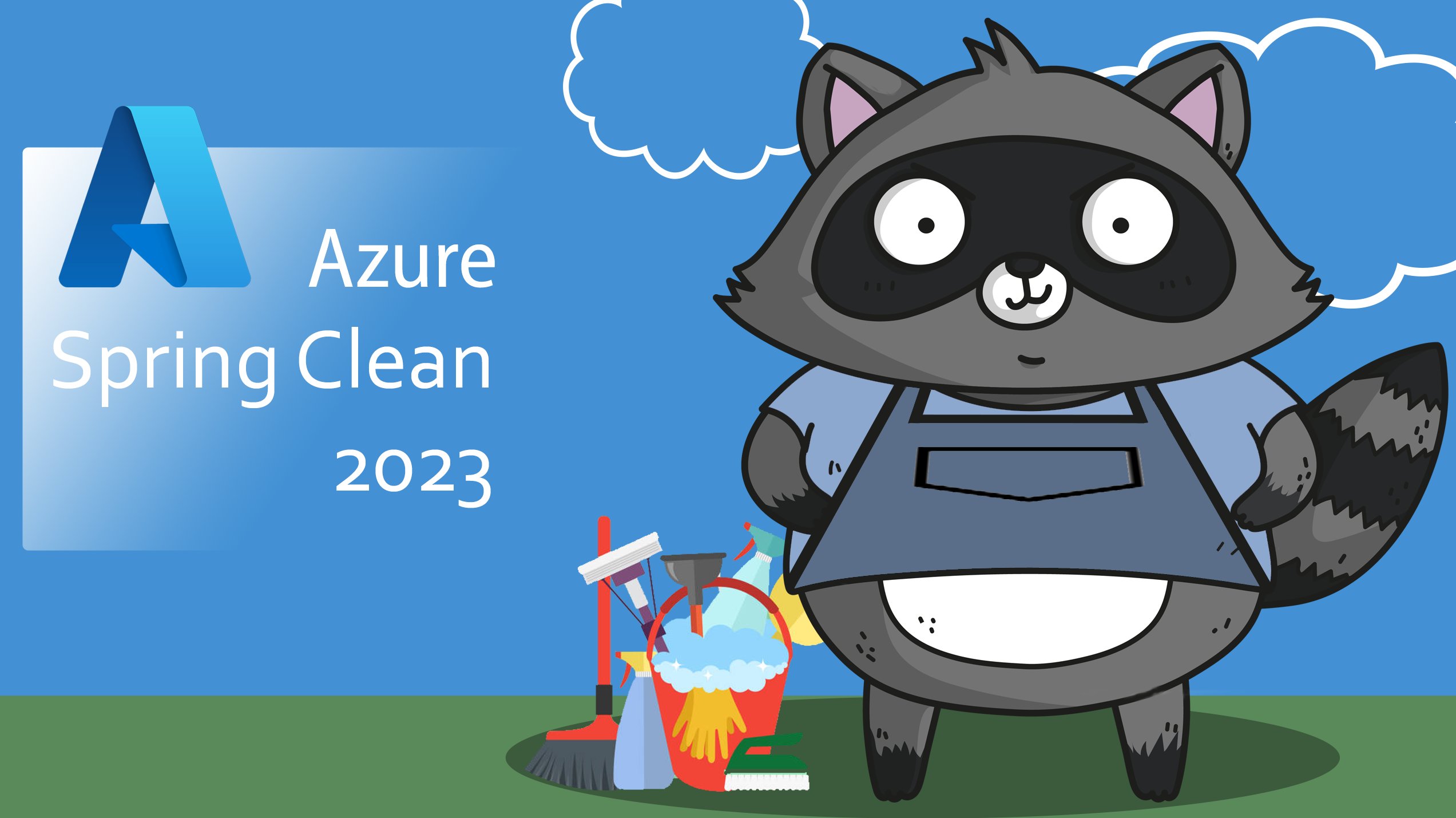
Reduce your Azure cost by finding unused resources
As a contribution for Azure Spring Clean, I wrote a blogpost about how to use KQL to find orphaned resources to help reduce your cloud waste.
In Microsoft’s Well-Architected Framework there is a pillar for Cost Optimization. Some of the principals for optimizing cost are to continuously look for and clean up orphaned resources like disks and public IPs. In this blog I will show you some KQL queries that will help you find these resources and considerations you should take before cleaning them up. You can then use these queries in an Azure Workbook or dashboard to continuously review your environment.
